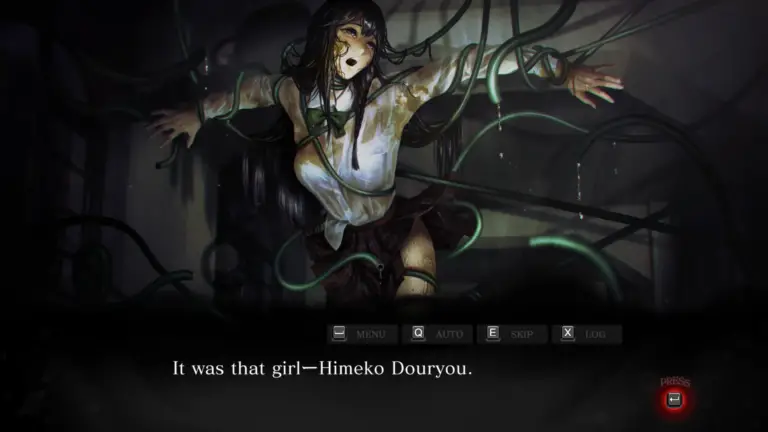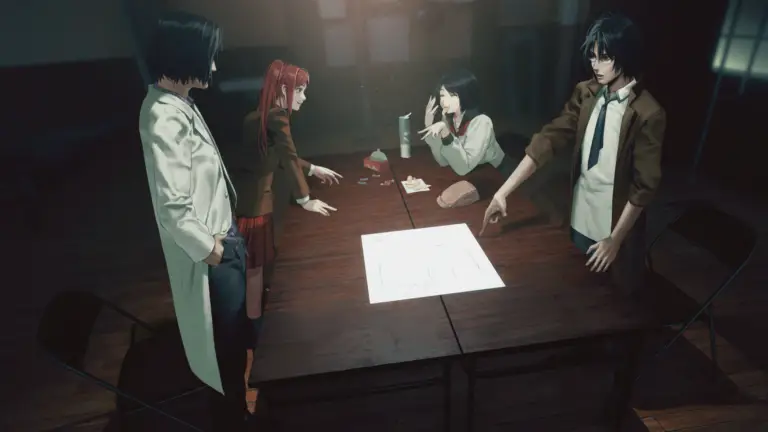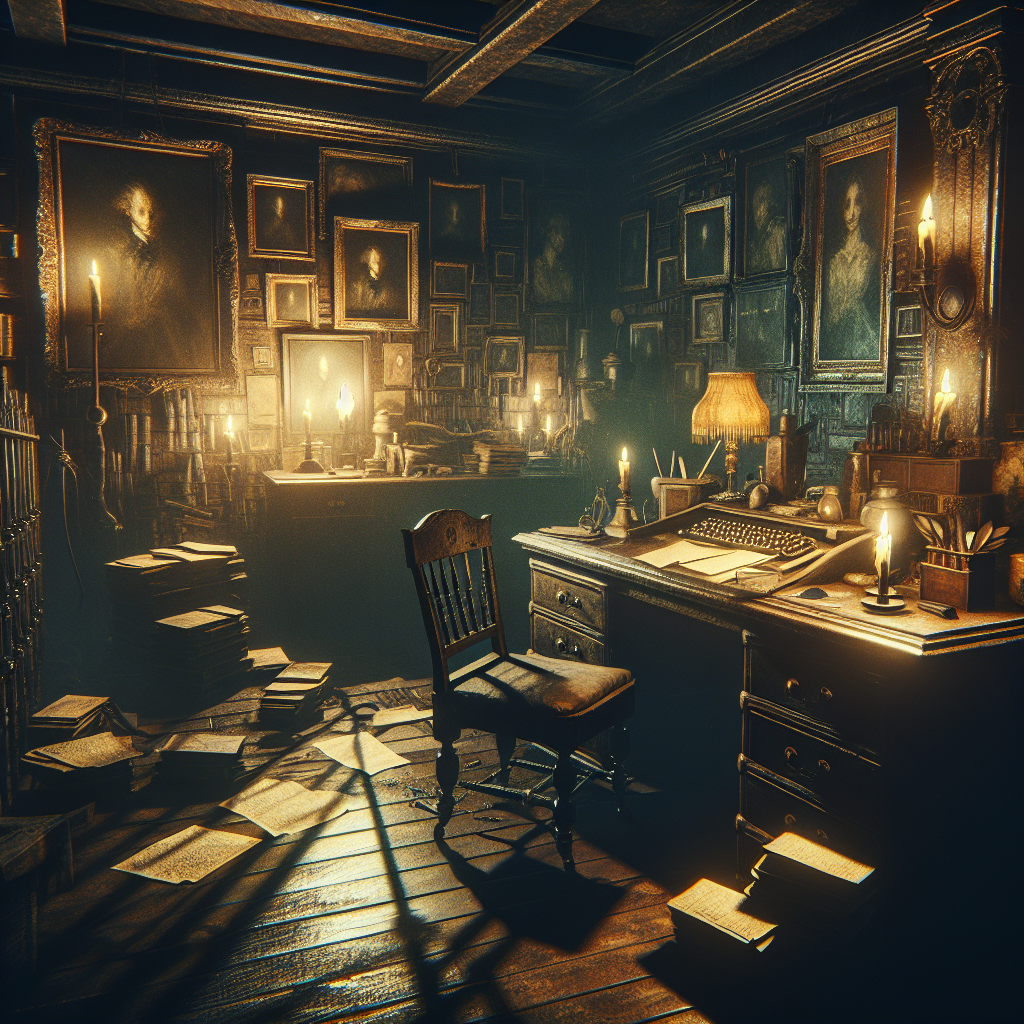Introduction
The realm of horror visual novels is no stranger to criticism, particularly when it comes to the portrayal of gender. A recent article takes a deep dive into the troubling persistence of sexist tropes within this genre, focusing on the latest entry in the Spirit Hunter series. Despite the potential for these games to offer spine-chilling narratives and compelling gameplay, the critique points out a disappointing reliance on outdated and offensive depictions of women, overshadowing the horror elements and detracting from the overall experience.
Depiction of Gender in Spirit Hunter: Death Mark 2
The visual novel Spirit Hunter: Death Mark 2 has garnered attention for its controversial portrayal of female characters, which starkly contrasts with the treatment of male characters within the game. The following points illustrate specific examples of this disparity:
- Female characters are subjected to extended scenes of painful and sexually suggestive supernatural torment, while male characters are not depicted in a similar manner.
- Women in the game are often shown in torn lingerie, with their injuries and deaths framed in a lurid and eroticized context.
- Scenes involving male characters tend to focus on their struggle or demise without sexualization, whereas female characters’ suffering is often presented with an emphasis on their sexuality.
This unequal treatment is not only evident in the narrative but also in the visual representation of characters. For instance, when male characters encounter peril, their depictions are dramatic yet devoid of any sexual connotations. In contrast, female characters are often shown with exaggerated sexual features, even in moments of distress or danger.

The game’s approach to gender depiction has sparked discussions among players and critics alike, raising questions about the necessity and impact of such portrayals in horror games.
Comparative Analysis with Other Horror Games
While Spirit Hunter: Death Mark 2 has been criticized for its portrayal of female characters, it’s worth noting that other horror games have managed to create compelling narratives without resorting to such tropes. For instance, Silent Hill 2 is often praised for its sensitive and harrowing treatment of Angela’s story, which deals with serious themes without objectifying the character. Similarly, the Resident Evil series has consistently featured strong female protagonists who face terrifying threats with resilience, often taking down monstrous foes with sheer determination and firepower.
Another notable example is the Fatal Frame series, which empowers its female characters to confront some of the most petrifying spirits using nothing more than a camera and their intelligence. These games demonstrate that horror can be effectively conveyed without compromising the dignity of female characters, instead focusing on their strengths and the psychological aspects of fear.
The contrast between these games and Spirit Hunter: Death Mark 2 highlights the potential for horror games to evolve beyond the use of sexist tropes, offering a more inclusive and respectful representation of all characters.
The Impact of Sexualization on Horror
The sexualization of female characters in Spirit Hunter: Death Mark 2 has a significant impact on the horror experience, often detracting from the intended atmosphere of fear and suspense. Below is a table comparing instances of sexualization with their effect on the game’s horror elements:
| Instance of Sexualization | Effect on Horror Elements |
|---|---|
| Exaggerated sexual features during distress | Shifts focus from suspense to objectification |
| Scenes of supernatural torment framed erotically | Undermines the severity of the situation |
| Disproportionate focus on female suffering | Creates a jarring and uncomfortable experience |

By comparing these instances, it becomes clear that the game’s approach to horror is compromised by its portrayal of female characters, which could be improved by focusing on the core elements of fear and suspense that define the genre.
Conclusion
The potential for horror games to evolve and improve is immense, especially when developers choose to abandon sexist tropes in favor of better storytelling and character development. By treating characters with respect and focusing on crafting engaging narratives that do not rely on objectification, horror games can offer more enriching experiences for all players. This shift would not only result in a wider variety of well-written characters and less predictable stories but also in horror games where the suspense and terror are genuine and not undermined by gratuitous sexualization.
Ultimately, the goal should be to create horror games that can stand on the strength of their atmosphere, plot, and gameplay, without resorting to cheap thrills. As the industry continues to grow and mature, there is hope that developers will recognize the value in creating games that honor the dignity of all characters and appeal to a broader audience, leading to a richer and more diverse gaming landscape.

